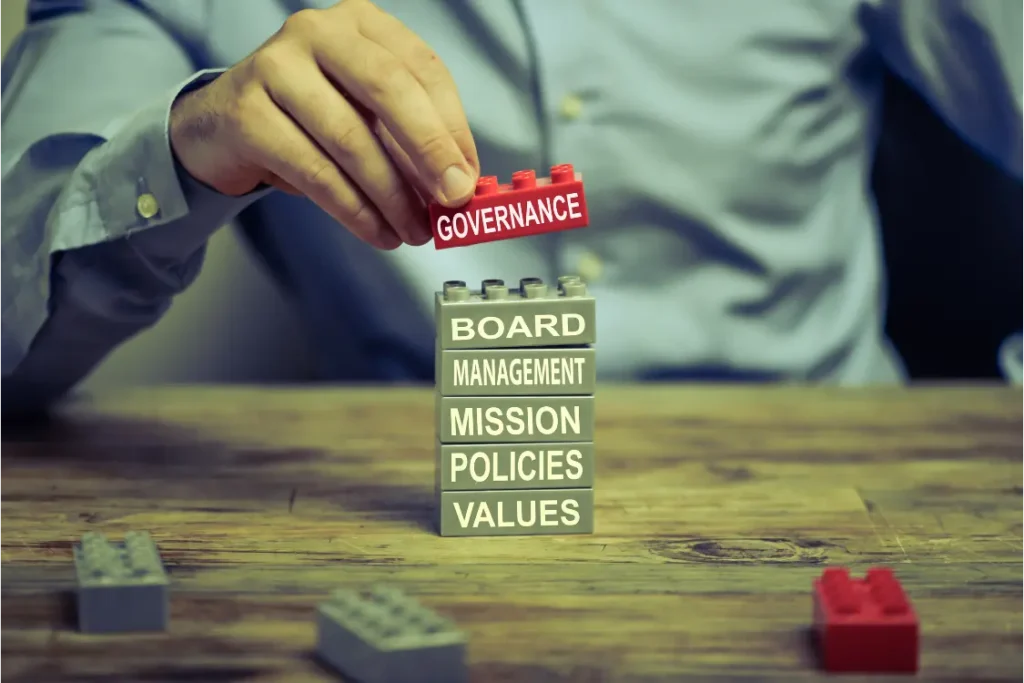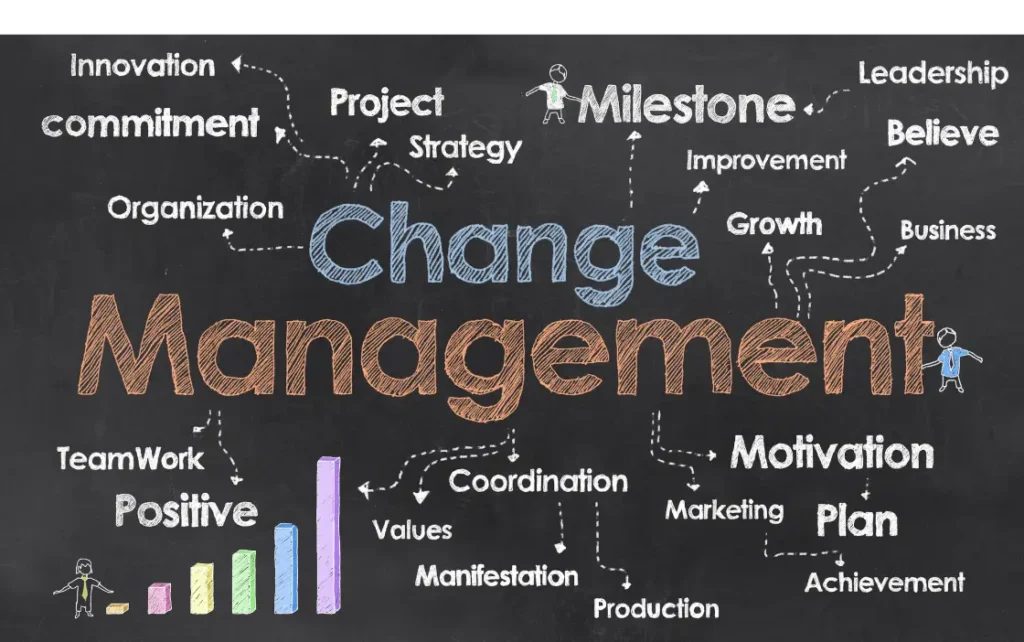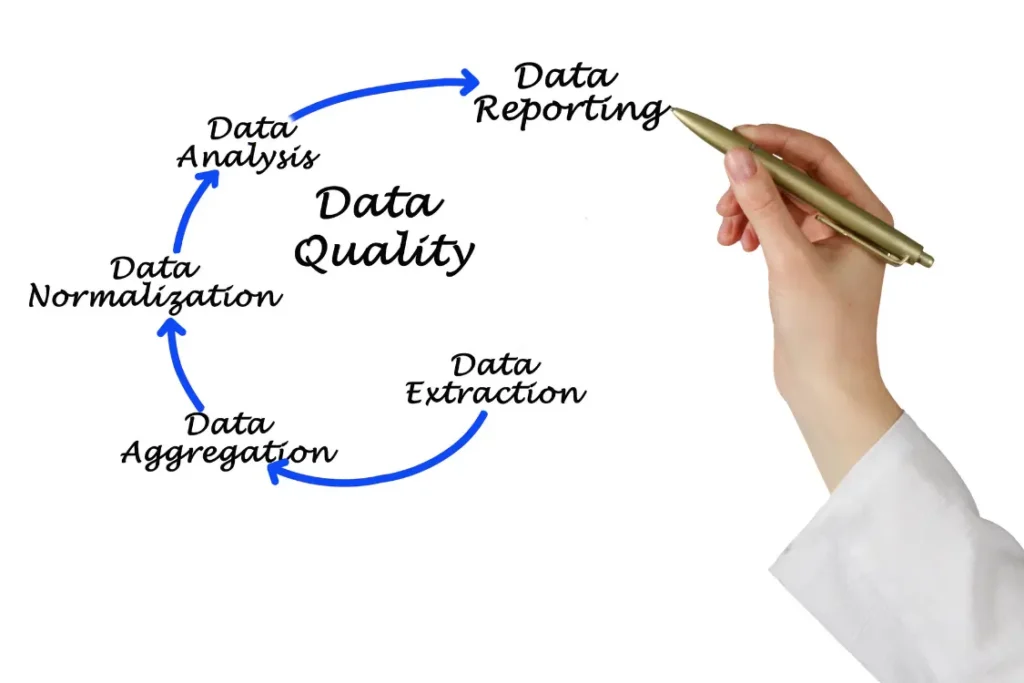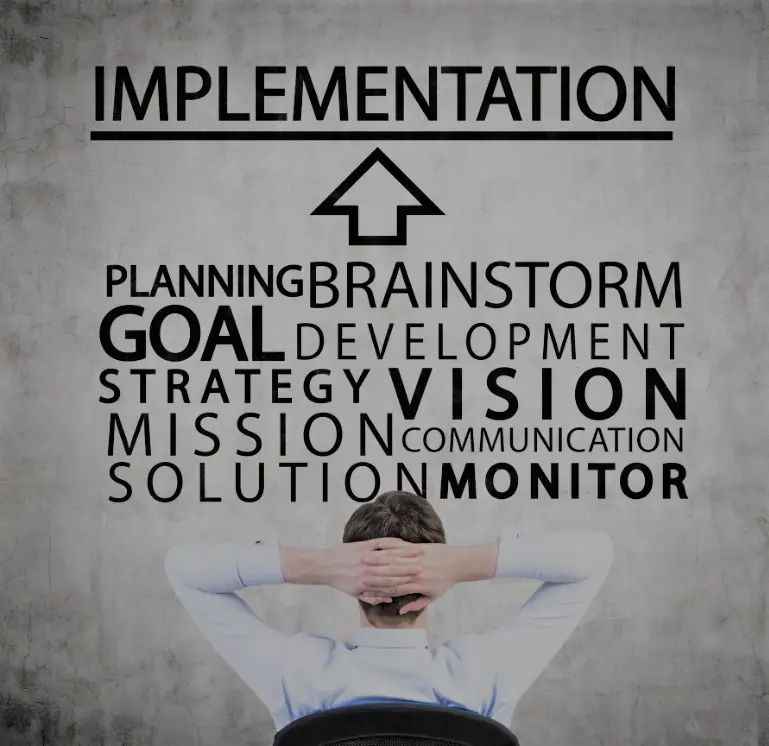ERP (Enterprise Resource Planning) software is designed to streamline and manage a company’s vital resources. However, ERP implementation projects are often plagued by common pitfalls that can result in significant delays and even project failure.
Some of the most important reasons to avoid these implementation pitfalls include:
- Increased efficiency and productivity – When implemented correctly, ERP systems can help businesses run more efficiently and productively. This can lead to improved bottom lines and increased competitiveness.
- Improved decision-making – By having all of the relevant data in one place, ERP systems provide decision-makers with the information they need to make informed decisions. This can help businesses improve their strategic planning and operations.
- Enhanced customer service – When customer data is appropriately integrated into the ERP system, businesses can provide their customers with better, faster service. This can result in higher customer satisfaction levels and more loyalty from customers.
- Greater scalability – An effectively implemented ERP system should be able to grow with the company, accommodating changes in business size, processes, and needs. If an ERP system is not scalable, it can quickly become a hindrance to business growth.
- Reduced costs – Systems like Cloud ERP can help businesses automate many manual processes, resulting in cost savings. In addition, by making information more readily available, companies can avoid the waste of time and resources that often occurs when data is siloed.
Contents
Common problems and pitfalls companies have to face while implementing ERP are:
1. Lack of Governance

A successful ERP implementation requires strong governance and oversight from the beginning. A good framework for decision rights with accountability. Without a clear and concise governance framework in place, it can be challenging to make the right decisions, track progress, and manage expectations during ERP implementation.
Ways to have a Governance framework
- Define the objectives and benefits of the ERP system upfront.
- Assign a senior executive as the project sponsor with an adequate budget and authority.
- Assemble a diverse yet cohesive team with representatives from all essential business functions.
- Create a realistic project schedule with well-defined milestones.
2. Inadequate Change Management

Many ERP implementations fail because companies do not adequately prepare their employees for the changes that will come with a new system. A lack of change management can lead to resistance from employees, which can, in turn, lead to various hidden challenges.
Tips to Streamline Change Management
- Communicate early and often with employees about the ERP project.
- Define the business processes that will be impacted by the ERP implementation.
- Train employees on the new system and how it will affect their daily tasks.
- Support employees during the transition with regular communications and feedback loops.
3. Underestimating the Project Scope

Many ERP implementations fail because companies underestimate the scope of the project. A common mistake is to focus only on the technical aspects of the implementation without considering the organisational changes that will be required.
How not to Underestimate the Project Scope during ERP implementation
- Set realistic assessment of the project scope, including all business and technical aspects.
- Engage all stakeholders in the planning process to get a complete picture of the project.
- Create a detailed project plan with well-defined milestones.
- Plan for potential delays and setbacks.
- Make sure you have the resources you need in order to complete the project on time and within budget.
- Continuously communicate with stakeholders throughout the implementation process.
4. Lack of Data Quality

Data quality is critical for any ERP implementation. Without clean and accurate data, it can be challenging to migrate and make informed decisions, track progress, and measure success.
Tips to Collect Quality data for ERP Implementation or migration:
- Assess the current state of your data before starting the ERP implementation.
- Develop processes for cleansing and maintaining data during and after the implementation.
- Engage a third-party data quality assurance provider to help with data cleansing and validation.
- Implement a data governance framework to ensure data quality throughout the ERP implementation.
- Perform regular data quality audits to ensure that the data is accurate and consistent across all systems.
5. Lack of Training

Many ERP implementations fail because employees are not adequately trained on using the new system. A lack of training can lead to resistance from employees, which can, in turn, lead to data entry errors, missed deadlines, and other problems.
a. Plan Ahead
It is essential to begin training employees well before the actual implementation date. This will give employees enough time to learn the new system and adjust to any changes that may occur.
b. Create Training Materials
Make sure you have a comprehensive set of training materials that covers all aspects of the new system. The materials should be easy to understand and user-friendly.
c. Train Employees In-Depth
Train employees in-depth on how to use the new system. This should include how to navigate through the system, enter data, and access reports and other information.
d. Offer Support During the Transition Period
Employees will likely have questions and concerns during the transition period. Make sure you have a support team in place to answer these questions and help employees with any problems they may encounter.
- Develop a comprehensive training plan for all employees who will be using the ERP system.
- Conduct training sessions before, during, and after the implementation.
- Make sure employees have the opportunity to practice using the system in a safe environment.
6. Lack of Executive Buy-In

ERP implementations can be costly and time-consuming, so it is critical that senior executives are on board with the project from the beginning. Without executive buy-in, it can be difficult to secure the resources needed for a successful ERP implementation.
Ways to avoid conflict from top-level executives:
- Secure commitment from the C-suite early in the process.
- Develop a business case for the ERP project that outlines the benefits and ROI.
- Select an ERP system that will support the company’s long-term goals.
7. System Integration Issues

ERP implementations often involve integrating the new system with existing legacy systems. This can be a challenge if there is not a clear understanding of how the systems need to interact.
a. Define the Integration Requirements
It is essential to define the integration requirements in detail before starting the implementation process. This will help ensure that the systems are properly aligned and that there are no surprises during the integration process.
b. Use a Standardised Process
When integrating two or more systems, it is important to use a standardised process for data exchange. This will help ensure that data is accurately transferred between the systems and that there are no errors.
c. Establish Clear Communication Channels
Establish clear communication channels between all stakeholders involved in the integration process. This will help ensure that everyone understands their role and how they need to contribute to the overall success of the project.
d. Map Out Data Flows
Map out how data will flow between each of the systems involved in the integration process. Doing this upfront will help avoid any misunderstandings or miscommunication later on in the project.
e. Test Each Stage of Integration
Test each stage of integration thoroughly before moving on to the next stage. This will help catch any errors and fix them immediately, thus preventing any delays in completing the project timeline.
f. Use a Third-party Provider
If you are not familiar with the system integration process, it may be helpful to use a third-party provider. These providers can help you define the integration requirements, establish communication channels, and test the integration process.
8. Implementation Overruns

One of the most common problems with ERP implementations is that they often take longer and cost more than expected. This can be due to a number of factors, including underestimating the scope of the project, unrealistic schedules, and unanticipated changes.
How to avoid Implementation Overruns
- Create a realistic project schedule with well-defined milestones.
- Build contingency into the project budget for unexpected costs.
- Monitor progress against the project plan and adjust as needed.
9. Over-reliance on Technology

ERP implementations often fail because companies rely too heavily on technology and not enough on people. The success of an ERP implementation depends on the people who will be using the system, so it is important to invest in training and change management.
a. Define Roles and Responsibilities
It is important to define roles and responsibilities for all stakeholders involved in the ERP implementation. This will help ensure that everyone knows their role and how they need to contribute to the project’s success.
b. Train Employees on their New Roles
Train employees on their new roles and responsibilities. This should include using the new system, navigating through the system, entering data, and accessing reports and other information.
c. Use Appropriate Communication Tools
Use appropriate communication tools (such as email, chat, and collaboration tools) for exchanging information between stakeholders. This will help ensure that everyone has access to the latest news and that communication is clear and concise.
d. Establish Procedures for Handling Issues
Establish procedures for handling issues that may arise during the implementation process. This will help ensure that any problems are resolved quickly and efficiently.
To Conclude

Implementing an ERP system can be a daunting task, but you increase your chances of success if you avoid these nine common pitfalls. By defining the integration requirements, using a standardised process for data exchange, establishing clear communication channels, and testing each stage of the integration process, you can ensure a smooth and successful implementation.
Additionally, it is important to invest in training and change management to ensure that employees are able to use the new system effectively. With careful planning and execution, you can implement an ERP system that will improve your business operations and help you achieve your goals.
If you are looking for an ERP system to help you with the integration process, check out our top ERP picks. Or, if you already have ERP implemented, let us know what problems your team experienced during that ERP implementation process.

